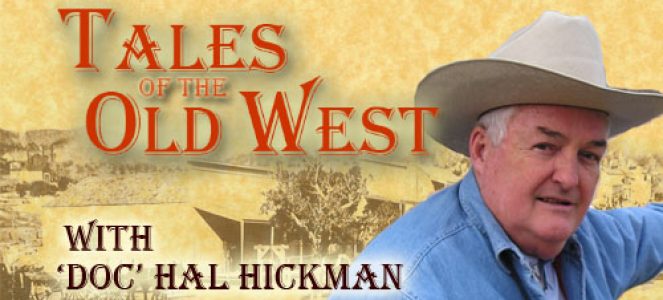
This is the second in our series dedicated to happenings surrounding the Mountain Meadow Massacre of 1857. In the first, we told of the events at Corn Creek near the location of the current town of Kanosh, Utah. This week we continue. Following the “California Trail” through Southern Utah, the Fancher wagon train passed through Beaver City, then south to Parowan and on to Cedar City. By this time stories of the bravado of some of the emigrant men, known as “The Missouri Boys”, had reached this city. There was conflict with some of the emigrant men, and some arrests by Cedar City town officials, but the train finally moved westward through the mountains around Pinto and south across the high mountain flats known as Mountain Meadows to a spring located at the south end of this grassy plain. From here the California Road would drop down into the desolate deserts of Nevada and southern California.
The leaders of the Fancher Train had been warned about the difficult crossing of the desert that faced them, so they paused here to “recruit” their stock with water and the abundant feed of the mountain pasture. Noticing Indians around the hillsides, the circled their wagons around a spring.
But, according to some accounts, the Paiutes had vengeance on their minds. They were mourning the loss of a young mother and her son at Corn Creek. They had followed the train to Mountain Meadows. There they finally attacked the train, and the emigrants defended themselves by constructing earthen berms outside the enclosure.
The Paiutes and the Mormons had lived in harmony since the LDS settlers had come to the area. The Mormons had helped defend the Paiutes from native raiding parties from the south, and had helped the tribe learn new farming and hunting techniques. The Paiutes had aided the Mormons with their knowledge of the country and the best crops to raise.
So, when the threat of Johnson’s Army marching to “put down a rebellion” in the Utah Territory reached Salt Lake City, Brigham Young sent George A. Smith south to instruct the settlers to train their militias to defend their settlements. As part of that, the Mormons were to prepare their Native American allies to assist in the battle. When the Fancher train reached Mountain Meadow the Paiutes were ready to attack the “Mericats” as they called them.
John D. Lee, at this point, was living in Washington City southeast of the meadows. He had been appointed as an “Indian Farmer” to the Paiute tribe and had developed a good relationship with the tribal leaders. So, when Isaac B. Haight, the Commander of the Cedar City Militia, learned of the Indian attack on the wagon train, he dispatched John D. Lee to go to the Mountain Meadow and stop the conflict. John immediately left.
When he arrived at the site he learned that the Paiutes had already battled with the emigrants a number of times. As a matter of fact, two of the chiefs of the band had been severely wounded. The braves of the tribe were angry that the “whites” had not come to their aid. They threatened John that if the Mormons didn’t bring troops the Paiutes would turn on the settlements in Southern Utah.
John did his best to solve the situation. He argued and pled with the members of the tribe to go home until a solution could come from Cedar City. His pleading got so intense that he wept for the emigrants. From that day on the Paiutes called John D. Lee “Yahguts” which meant “Cry Baby” in their language.
His pleading was to no avail. The Paiutes forced John to lead the next attack. In the encounter John got a bullet hole in his coat and one in his hat – a fact that he later showed to Jacob Hamblin when he met him on the road as Jacob was traveling south from Salt Lake City and John was going north to report to Brigham Young. Governor Young was not happy with his report as we will discuss next.
